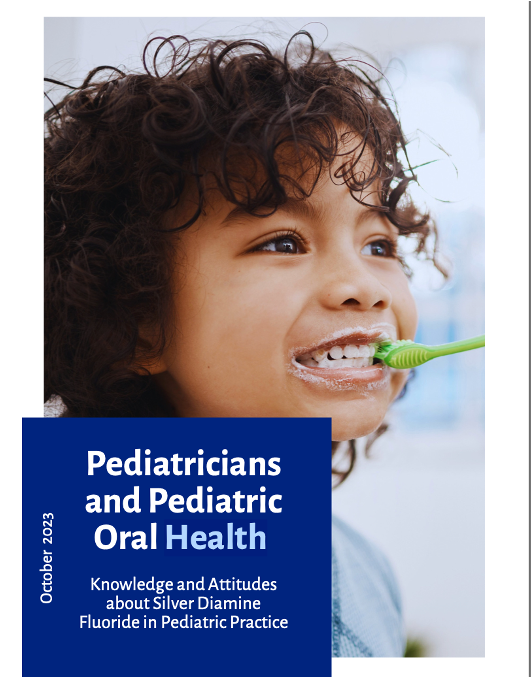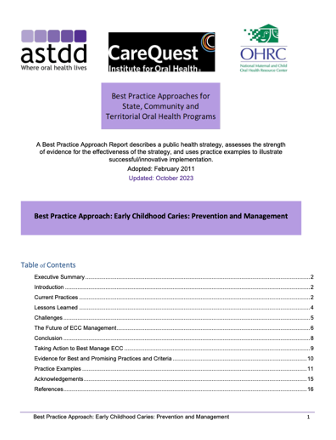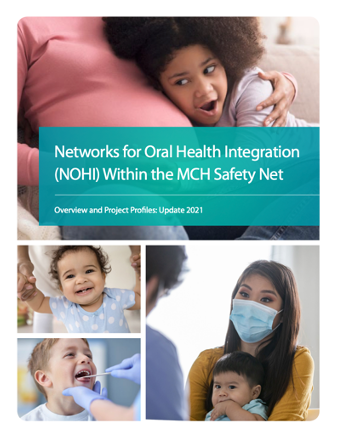The American Academy of Pediatrics (AAP) Section on Oral Health embarked on a project in 2023 to better understand pediatricians’ provision of preventive oral health services for children ≤5 years of age and assess pediatrician familiarity with and use of a new modality for treating dental caries – silver diamine fluoride (SDF).
The project included a Pediatric Oral Health Practices Survey with over 300 pediatricians and a series of key informant interviews. This report summarizes findings from 12 key informant interviews conducted during July and August 2023.







